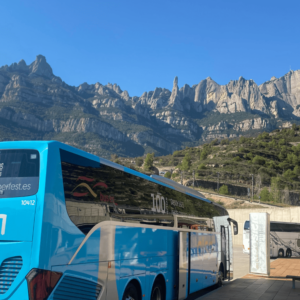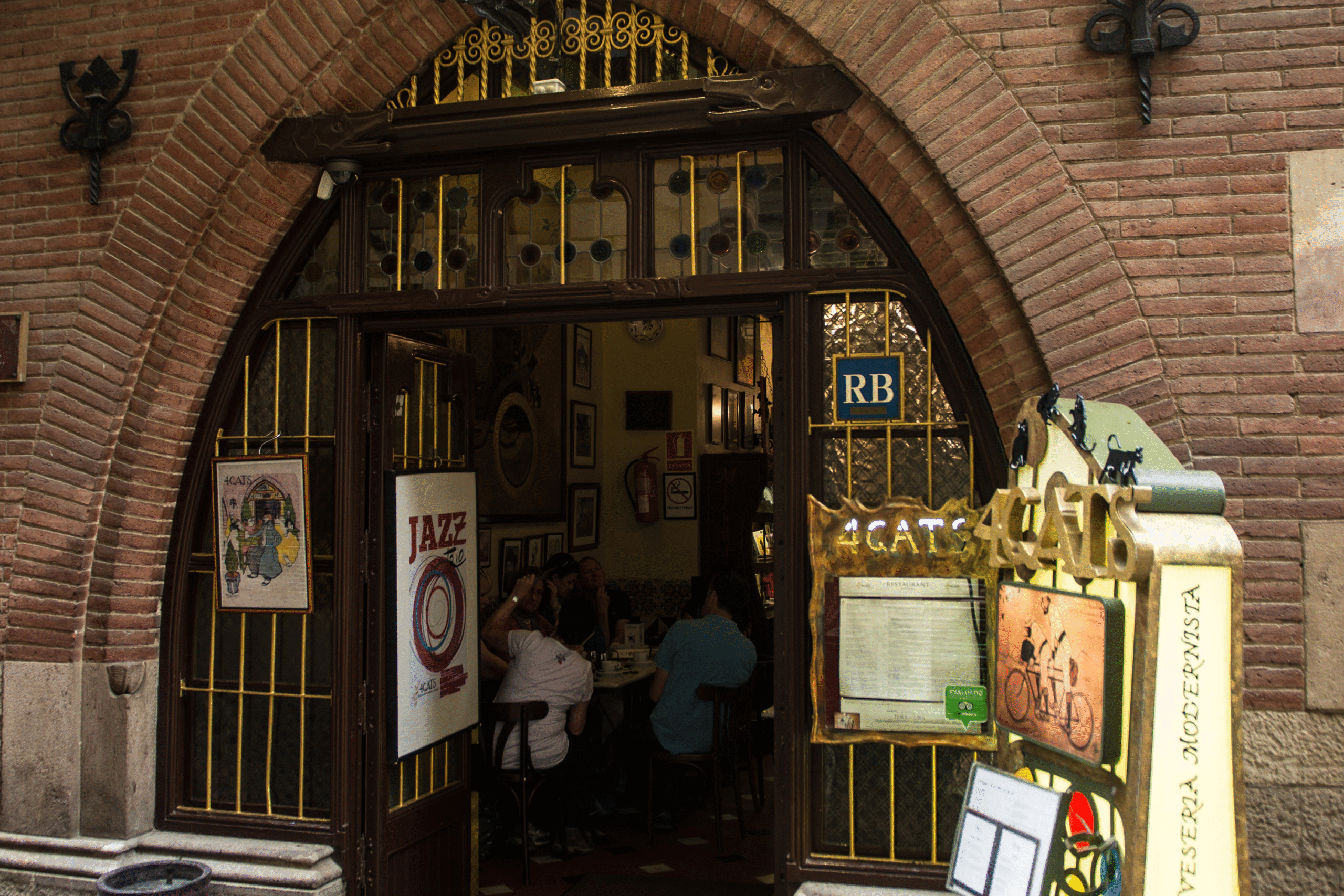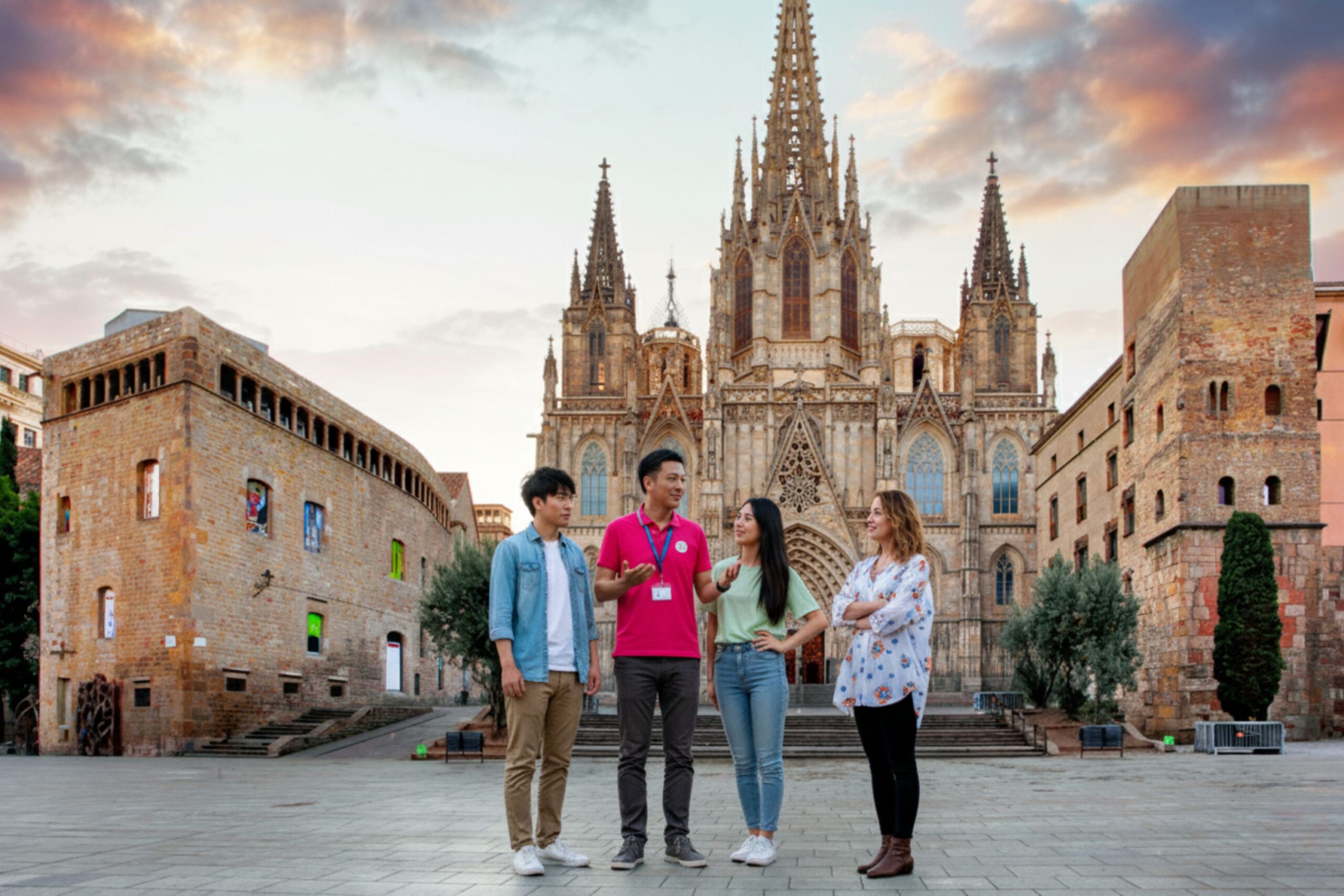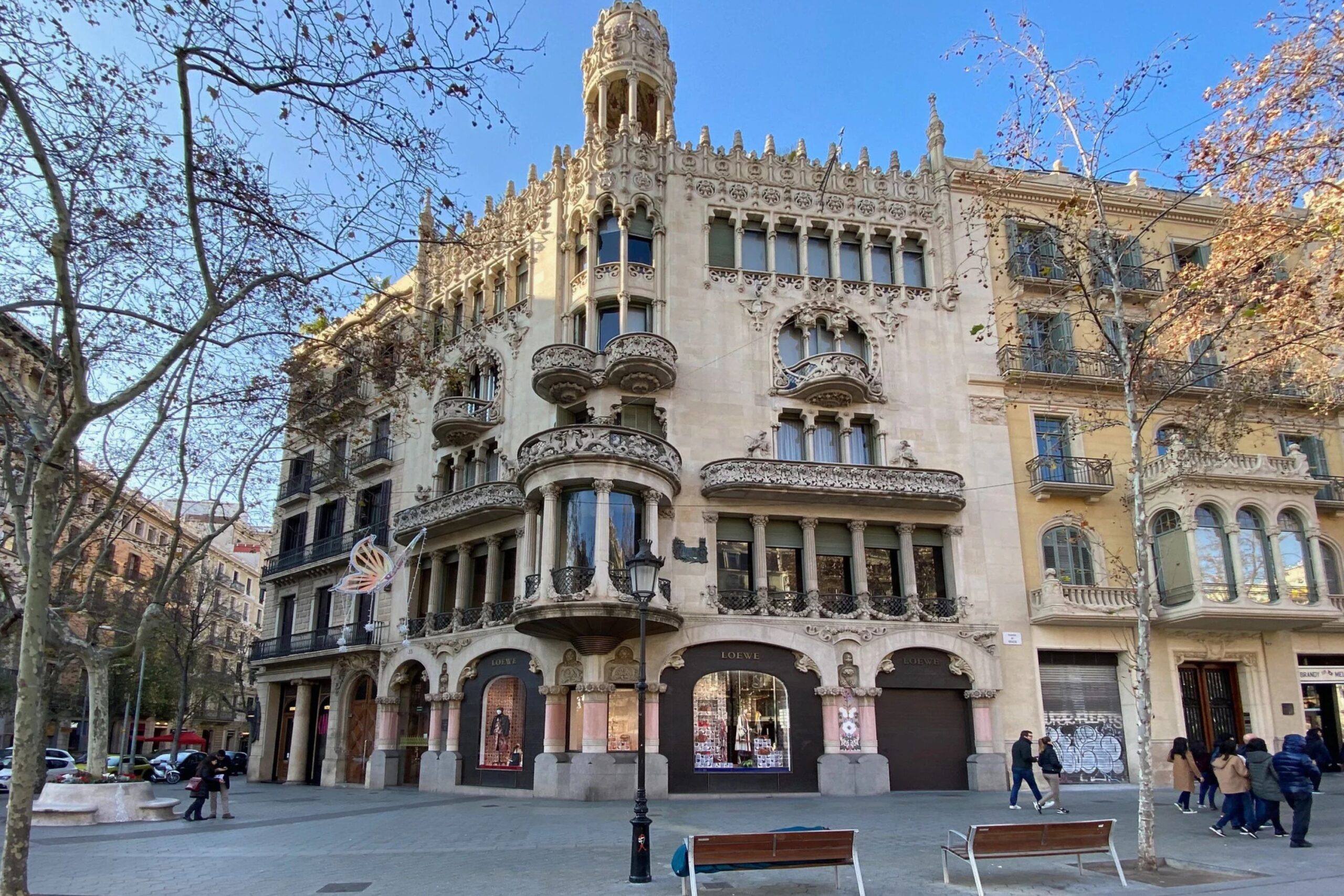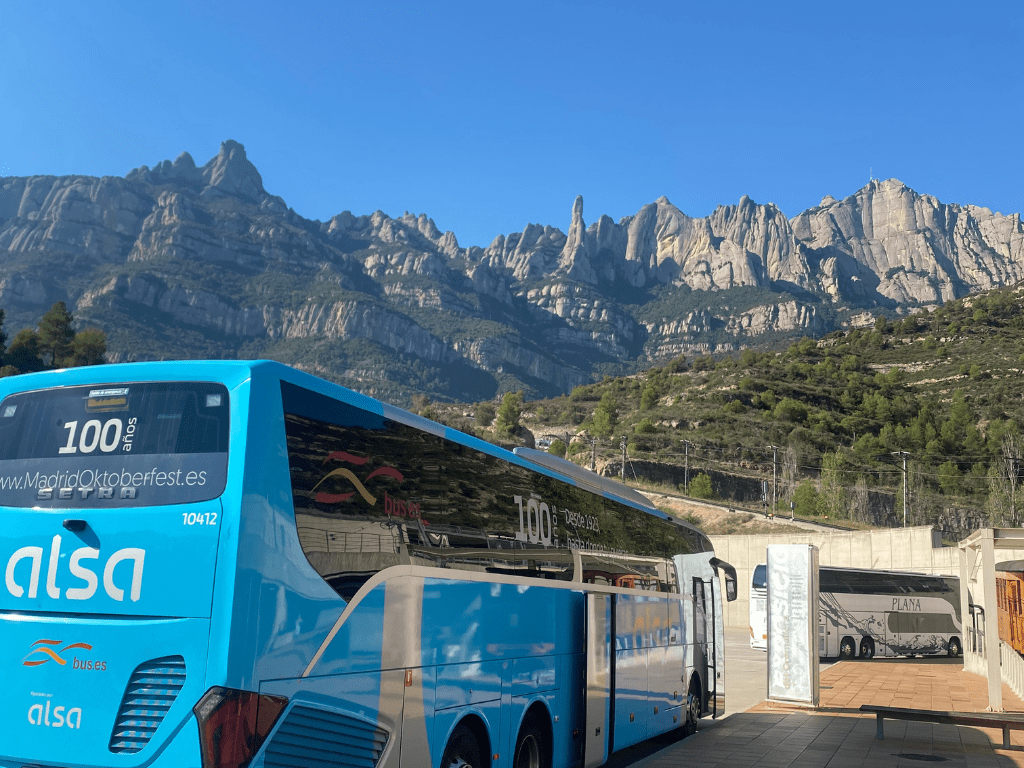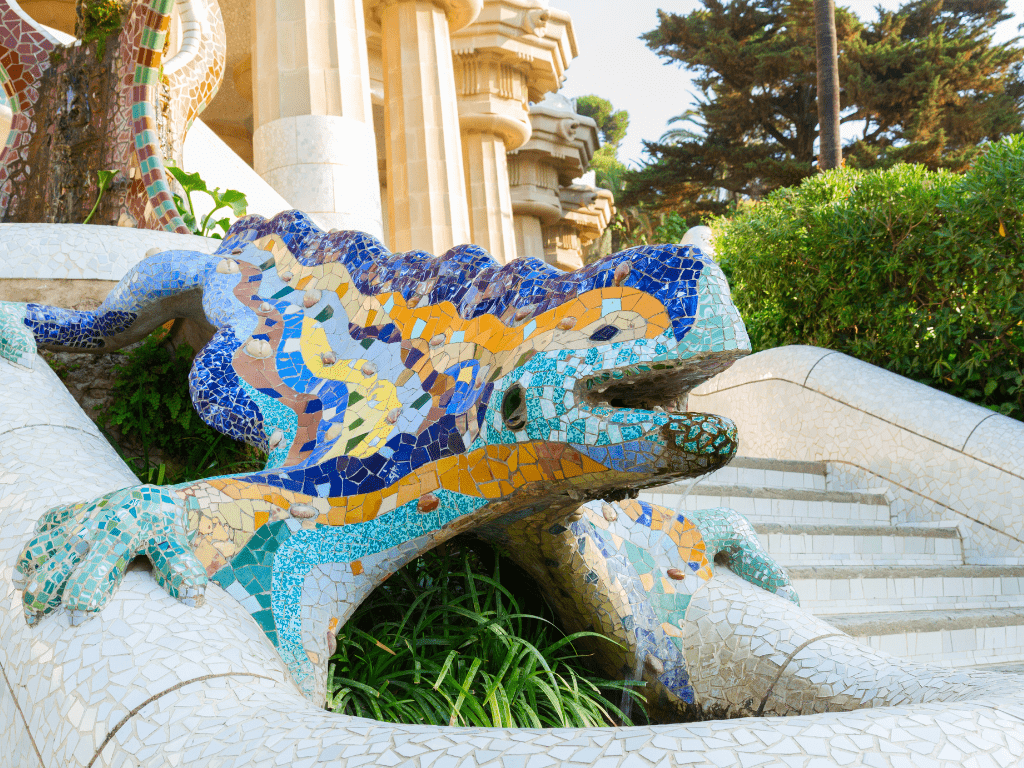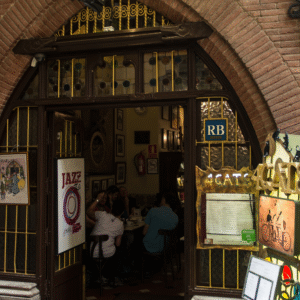
History of Montserrat: A Timeless Journey Through Faith and Culture
Introduction: Montserrat, a Place of Reverence and Resilience
Nestled in the breathtaking mountains of Catalonia, Montserrat is more than just a popular tourist destination. It’s a place where history, faith, and culture intertwine to create something truly extraordinary. For over a thousand years, Montserrat has been a spiritual and cultural epicenter, attracting pilgrims, scholars, and adventurers from around the world.
But what is the history behind this awe-inspiring site? How did it become a symbol of Catalonian identity and resilience? Well, buckle up! We’re about to take you on a fascinating journey through time, tracing the origins, the struggles, and the triumphs of Montserrat, from its humble beginnings to its status as one of the most revered destinations in Spain.
The Origins of Montserrat: Humble Beginnings
The Early Years: A Gift of Faith (888 AD)
The story of Montserrat begins back in 888 AD. It was then that Count Guifré el Pelós, a Catalan nobleman, gifted the Hermitage of Santa Maria to the Monastery of Ripoll. This humble gesture would lay the foundation for what would become one of the most important religious sites in Spain.
The hermitage was a small and modest sanctuary dedicated to the Virgin Mary, a symbol of hope and faith for the local community. But it wasn’t until 1025 that the real transformation began. Oliba, the Abbot of Ripoll and Bishop of Vic, founded a new monastery at the Hermitage of Santa Maria de Montserrat, setting the stage for Montserrat to become a beacon of spirituality and devotion.
A Gathering Place for Pilgrims
The new monastery quickly gained attention, attracting pilgrims who came to pay homage to the Virgin Mary, whose miracles and divine powers were widely spoken of. As word spread, the humble monastery began to grow, and with it, the legend of the Virgin of Montserrat. Pilgrims traveled from far and wide, hoping to witness the miraculous powers attributed to the Black Madonna—the revered statue of the Virgin Mary housed in the monastery.
Growth and Glory: Montserrat’s Golden Age
The Path to Independence (1409)
By 1409, Montserrat had grown into an independent abbey. The monastery was flourishing, and its influence extended beyond the spiritual realm into the cultural and intellectual life of Catalonia. This period marked the golden age of Montserrat, as it was not only a place of worship but also a hub of learning and artistic creation.
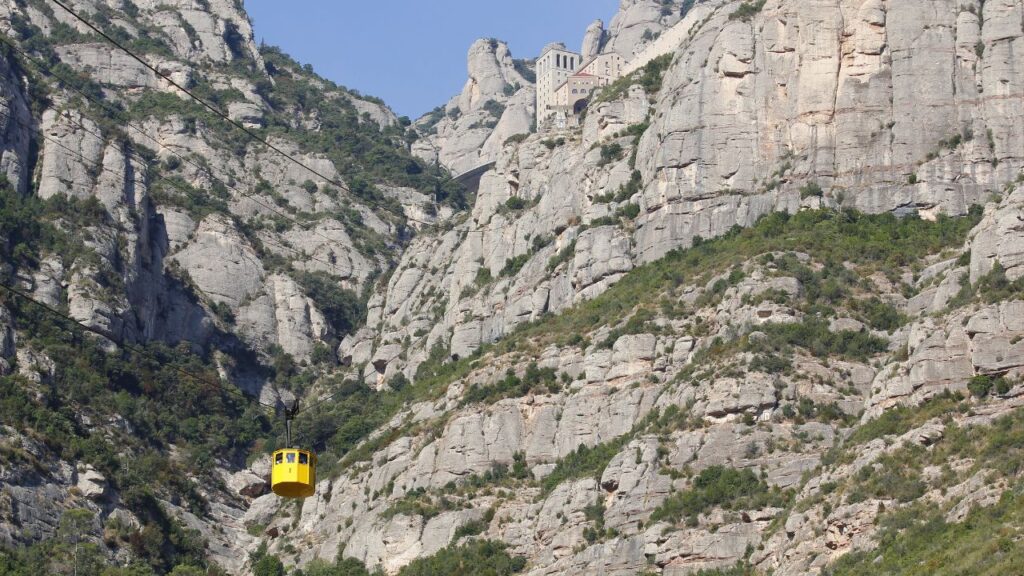
In the 15th and 16th centuries, Montserrat became an important cultural center. The monastery was home to a rich tradition of music, with the establishment of the Montserrat Music School. This school would go on to produce some of the most important composers of the time, whose works shaped the musical landscape of Catalonia.
A Period of Reform and Expansion (1493-1835)
From 1493 to 1835, Montserrat was part of the Valladolid Congregation, a period marked by significant reforms and expansion. The monastery became a beacon of Catalan spirituality, attracting scholars, artists, and thinkers who helped to shape its legacy. The monks at Montserrat dedicated themselves to preserving religious traditions while also embracing new artistic and intellectual movements. It was during this period that Montserrat began to truly flourish in both the spiritual and cultural realms.
The Trials of Montserrat: War, Disentailment, and Restoration
The French Invasion (1808-1811)
But Montserrat’s history was not without its challenges. In the early 19th century, France launched an invasion of Spain, which led to the destruction of many religious sites across the country. The French War (1808-1811) devastated Montserrat, causing significant damage to the monastery and its surroundings.
Despite the destruction, the monastery’s spiritual significance remained strong, and the people of Catalonia were determined to rebuild. Yet, the challenges didn’t end there.
Disentailment and the Destruction of Montserrat (1835)
The Disentailment of the Spanish Church in 1835 led to the secularization of religious properties, and Montserrat was not spared. Many of its treasures were looted, and the monastery itself was abandoned for a time. However, even in the face of such adversity, the resilience of Montserrat shone through. By 1844, the restoration of monastic life began, and the monastery was gradually rebuilt, piece by piece.
The Modern Montserrat: A Cultural and Spiritual Legacy
The Coronation of the Virgin (1881)
By 1881, Montserrat had regained much of its former glory. That year, the Coronation of the Virgin of Montserrat was celebrated, with the Virgin being declared the Patron Saint of Catalonia by Pope Leo XIII. This event marked a significant moment in the history of Montserrat, solidifying its position as a central figure in Catalonian faith and identity.
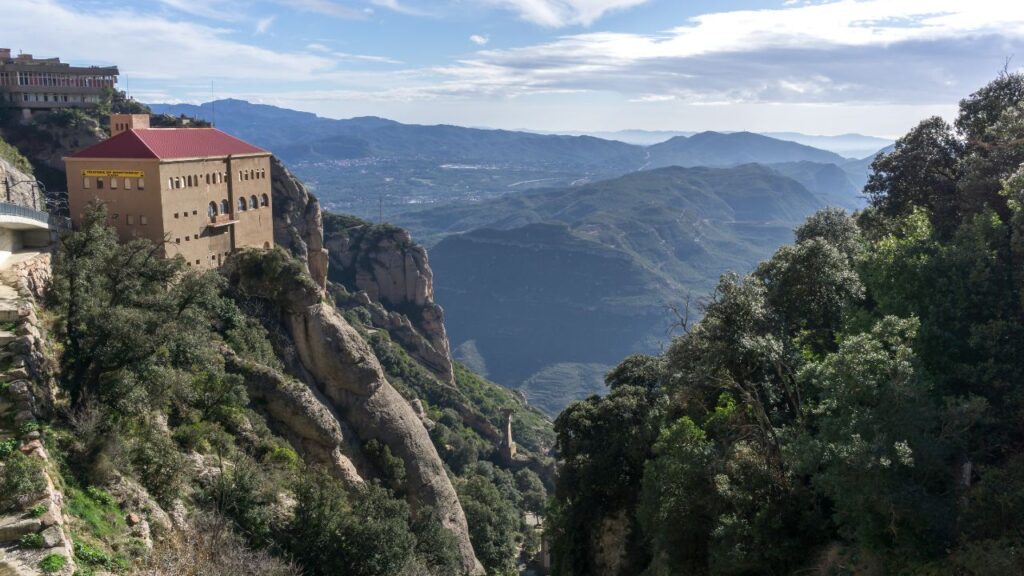
The Spanish Civil War and Beyond (1936-1939)
As with many other places of historical importance, Montserrat was once again threatened during the Spanish Civil War (1936-1939). This time, the monastery was forced to close its doors, and the monks were displaced. However, thanks to the efforts of the Government of Catalonia, Montserrat was saved from being destroyed during the war, and its significance was preserved for future generations.
Modern-Day Montserrat: A Blend of Tradition and Innovation
Today, Montserrat stands as a testament to the endurance and spiritual resilience of the Catalonian people. The monastery has been modernized to accommodate the needs of pilgrims and visitors while maintaining its deep-rooted religious traditions. Montserrat continues to attract millions of visitors each year, who come to marvel at its stunning natural beauty, experience its rich cultural offerings, and deepen their faith.
In addition to its religious significance, Montserrat has become a popular tourist destination, offering visitors the chance to explore its scenic trails, visit the Montserrat Museum, and witness the Montserrat Boys’ Choir in action. The Montserrat Monastery is not just a place to reflect spiritually; it is a place to connect with Catalonian history, culture, and heritage.
FAQs About Montserrat
1. What is Montserrat famous for?
Montserrat is famous for its spiritual significance as a pilgrimage site, its stunning natural beauty, and its rich cultural and historical heritage. It is home to the revered Black Madonna, and its monastery is a key landmark in Catalonia.
2. How do I get to Montserrat?
Montserrat is easily accessible from Barcelona by car, train, or cable car. Visitors can take a scenic train ride from the city center to the Montserrat Mountain, followed by a cable car or funicular ride to the monastery.
3. What can I do at Montserrat?
There’s plenty to do at Montserrat, from hiking the trails that wind through the mountain, visiting the Montserrat Museum, and listening to the famous Montserrat Boys’ Choir, to exploring the monastery and soaking in the awe-inspiring views.
4. Why is Montserrat important to Catalonia?
Montserrat is deeply important to Catalonia because it is considered a symbol of Catalan identity and faith. The Virgin of Montserrat is the Patron Saint of Catalonia, and the monastery has played a crucial role in preserving the region’s spiritual and cultural traditions.
Wrapping Up: Montserrat’s Timeless Legacy
Montserrat is more than just a religious site; it is a symbol of hope, resilience, and faith that has withstood the test of time. From its humble beginnings in 888 AD to its role as a beacon of Catalan identity, Montserrat has touched the lives of countless individuals throughout the centuries.
So, if you’re planning a trip to Spain, Montserrat is an absolute must-visit. Whether you’re seeking spiritual reflection, natural beauty, or a deeper connection to Catalonian culture, Montserrat offers it all.
And don’t forget to check out the thectickets products for your Montserrat journey—we offer a range of options to help make your visit even more unforgettable. From guided tours to ticket packages, we’ve got everything you need to experience Montserrat to the fullest. Trust us, you’ll want to be part of this incredible journey through history!



